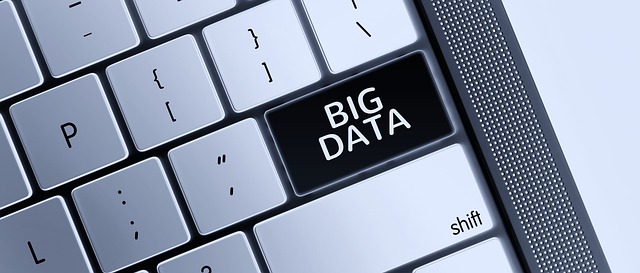Photography is an art that captures moments in time, allowing us to hold onto our memories forever. But have you ever thought about what lies beneath the surface of your photos? Every image you take is much more than just a visual representation of a moment; it contains a wealth of information encoded within its digital frame. This is where EXIF data comes into play.
EXIF, or Exchangeable Image File Format, is a standard used by digital cameras and smartphones to store metadata not only about the photo itself but also about the circumstances in which it was taken. Imagine holding a photograph that can tell you the exact moment it was captured, the camera settings used, and even the type of lens that was mounted. This hidden layer of information can unlock a deeper understanding of photography and exposure, offering insights that can refine your skills.
When we talk about exposure in photography, we’re referencing the fundamental principles of light and shutter speed that transform a fleeting moment into a masterpiece. With EXIF data, photographers can look back at their settings—such as aperture, ISO, and shutter speed—to analyze what worked and what didn’t. Did you capture that soft bokeh effect you were aiming for? Or did the bright sun wash out your colors? Reviewing your EXIF data provides clarity on how to improve your photographic skills for next time.
Optics, the science of light and vision, plays a pivotal role in achieving the right exposure in photography. Different lenses react uniquely to light, which can significantly affect how an image is captured. Using EXIF data, you can track which optics worked best in specific lighting conditions. Did the f/2.8 lens create that stunning portrait with creamy backgrounds? Understanding the relationship between your camera settings and the results can transform how you approach your next shooting session.
Moreover, as photography enthusiasts, we often find ourselves in situations where we need to make quick decisions based on the available light. Is it too dark for a proper exposure? Should I crank up the ISO, or should I adjust the aperture? The beauty of EXIF data lies in its ability to provide a real-time reference point for these decisions. By analyzing past images, we can make more informed choices in challenging environments, ensuring that our photos not only capture the moment but also the essence of the light that surrounds it.
In an age where digital photography has become ubiquitous, appreciating the technology and choices behind each snapshot can enhance our connection to photography. The rich tapestry of EXIF data serves as a guide, leading us to better understand the exposure nuances that define our craft. So next time you upload your photos, take a moment to delve into the metadata. It just might illuminate the path to your next great photograph.



